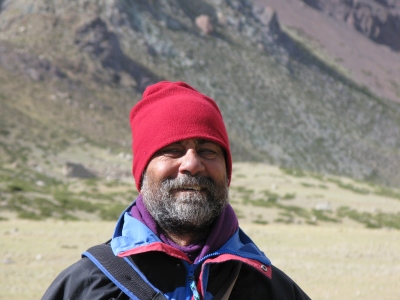Dear Leader Dreams of Sushi: What life was like serving Kim Jong-il and his heir
First posted June 05, 2013 By Adam Johnson. Photography by Jungyeon Roh North Korea is a mythically strange land, an Absurdistan, where almost nothing is known about the people or, more important, their missile-launching leaders. There is, however, one man—a humble sushi chef from Japan—who infiltrated the inner sanctum, becoming the Dear Leader’s cook, confidant,… Read More Dear Leader Dreams of Sushi: What life was like serving Kim Jong-il and his heir
